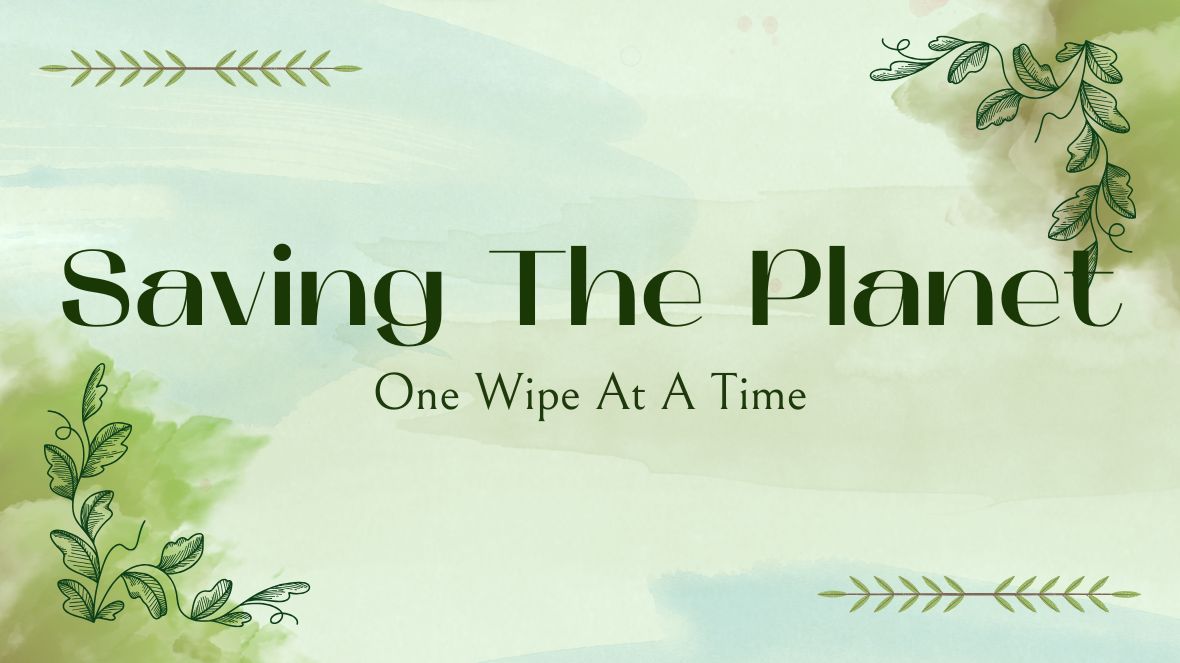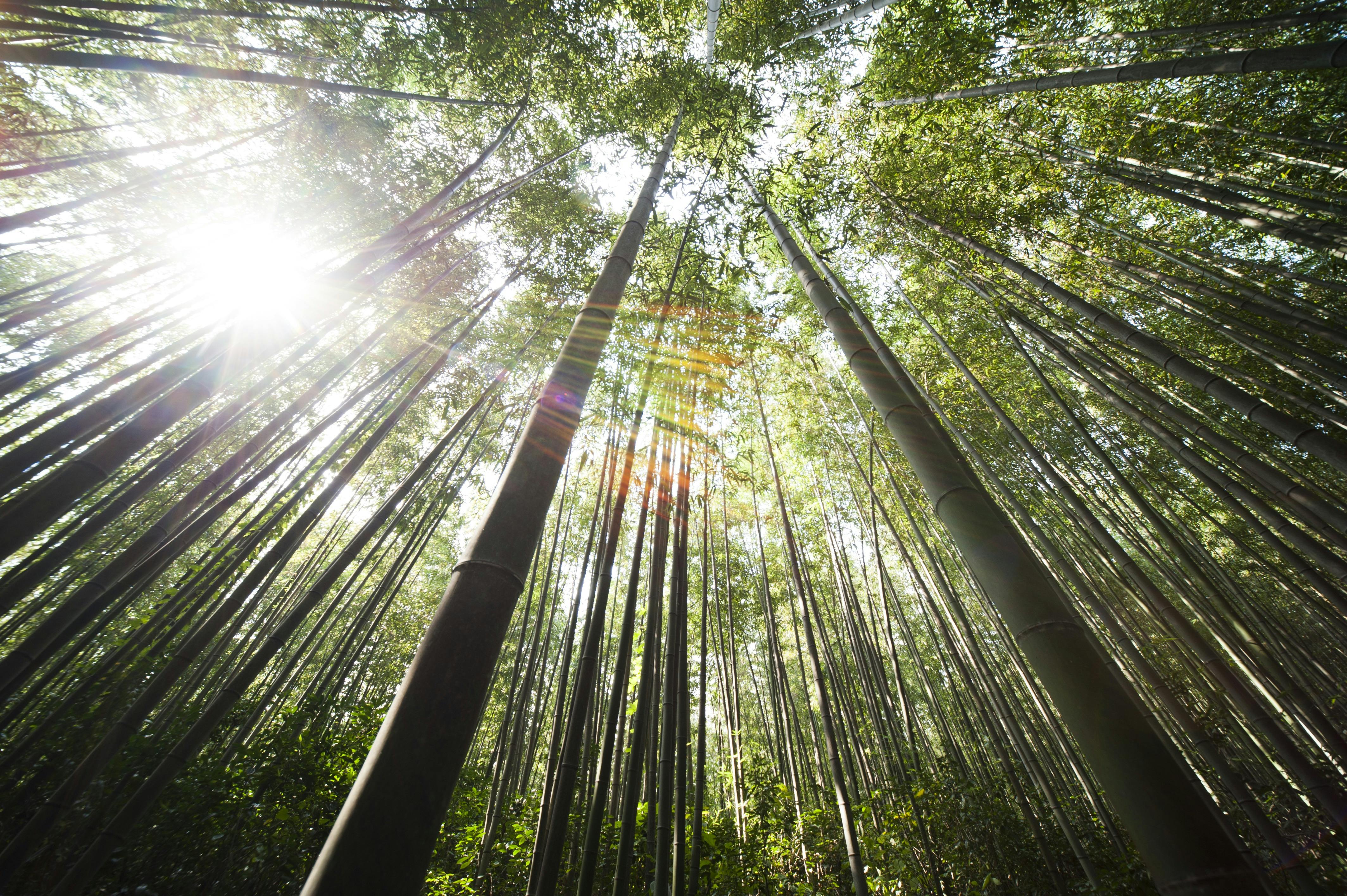How do you decide which brand of toilet paper to buy when you find that your toilet paper is at the end of a roll in the toilet?
Maybe you have a brand you've trusted for years, or maybe you've opted for the toilet paper on sale at the supermarket because of the price. Or for the environment, you choose toilet paper made of recycled paper. But there are more problems with traditional toilet paper and recycled paper than we realize.
1. Deforestation
Soft toilet paper comes with a high price. Toilet paper production accounts for 15% of global deforestation. Plantations established by the toilet paper industry for a continuous supply of virgin pulp destroy native plant and animal life. In addition, these plantations require a lot of water and use harsh chemical pesticides and fertilizers. A large portion of U.S. wood pulp comes from the Canadian Boreal Forests, which forests we rely on to store carbon and absorb greenhouse gas emissions.
2. Bleach
Many traditional toilet papers are treated with chlorine bleach. It has a bad effect on people's visual system. Bleach, fluorescent agents and other harmful substances in traditional toilet paper can cause vision loss, cataracts, etc. It is worth noting that different people or the same person at different ages have different tolerances for harmful substances such as bleach and fluorescent agents in white paper. The elderly, children, and pregnant women belong to bleach and fluorescent agents in white paper. Sensitive populations such as harmful substances.
A scientific study published in 2011 measured the concentration of bisphenol A, or BPA, in 15 paper products, including toilet paper. The research institute examined printer paper, business cards, napkins, paper towels and toilet paper and other papers collected from several cities in the United States. Thermal receipt paper from Japan, South Korea and Vietnam was also tested. As a result, they found that thermal receipt paper had the highest concentrations of BPA, while some paper products, including napkins and toilet paper, once made from recycled paper, contained microgram concentrations of BPA per gram.
4. Fragrance
Some toilet papers are scented and some are not. And those scented toilet paper may have a large variety. Their aroma might even make your bathroom smell better. However, for some people, such aromas may cause some harm, after all, these aromas are artificial fragrances. In conclusion, while papers containing fragrances, aloe vera, lotions, dyes or perfumes may seem appealing to consumers, these can also lead to allergic reactions and additional irritation.
5. Dye
Traditional toilet paper is mostly recycled paper, and in order to beautify the appearance, most toilet paper has added dyes, including optical brighteners or talc. The whiter the toilet paper, the more optical brightener or talc may be added. And these additives mostly contain the compound benzene; some toilet paper of poor quality also contains formaldehyde, Escherichia coli, hepatitis virus and so on.
6. Package
Traditional toilet paper is generally packaged in plastic, which is highly absorbent. Studies have found that 1 gram of microplastics can contain up to 24,000 nanograms of persistent pollutants. They are highly toxic, persistent, bioaccumulative, lipophilic and hydrophobic, and also cause damage to organisms at low concentrations.
Toilet paper is a necessity for our daily hygiene. Brands like Lovelypoopoo are committed to making bamboo toilet paper from sustainable and environmentally friendly bamboo. The patterned embossing increases the softness of the toilet paper, and the three-layer stacking increases the hardness of the toilet paper. And our Lovely Poo Poo toilet paper products are Ink-free, Dye-free, odorless and BPA-free, making them friendly to sensitive skin. It dissolves rapidly in water and is biodegradable. So choose Lovely Poo Poo starting today for our only one earth and your butt!







